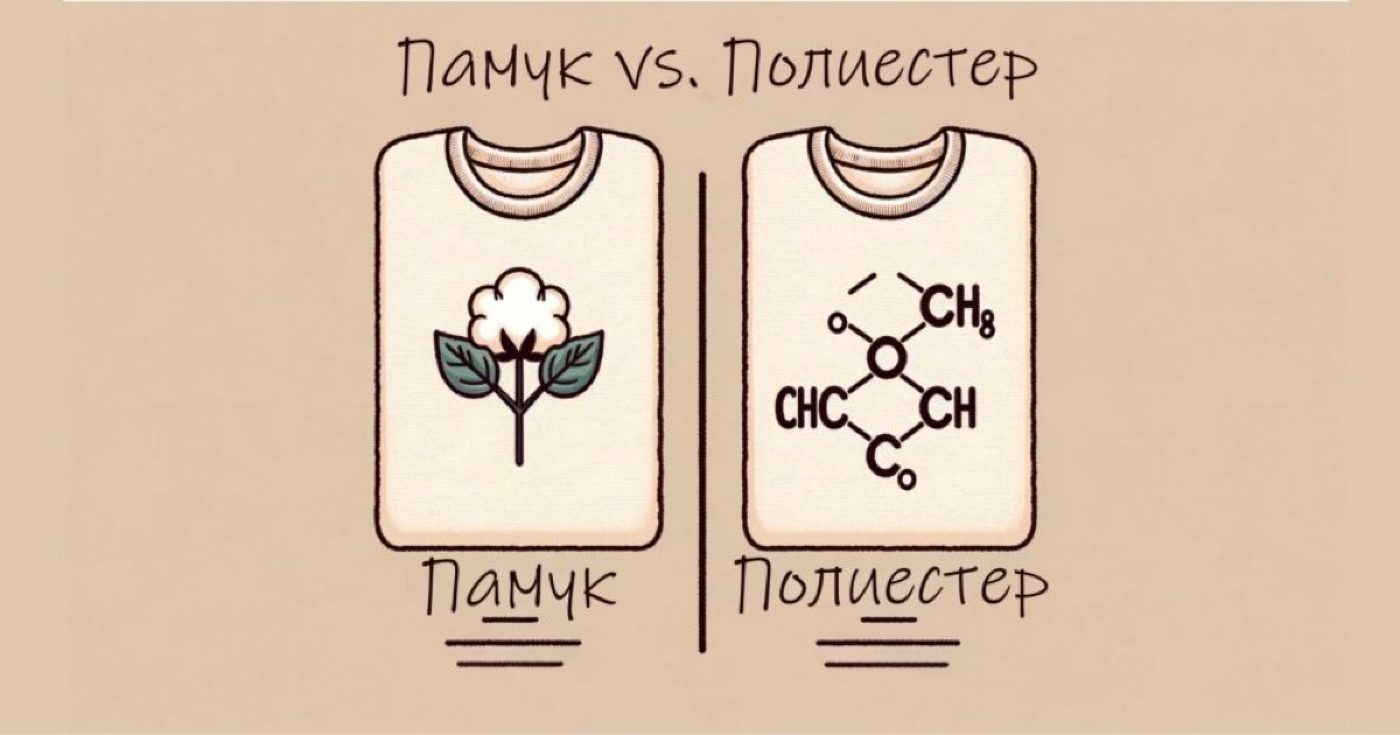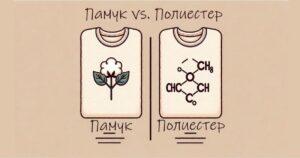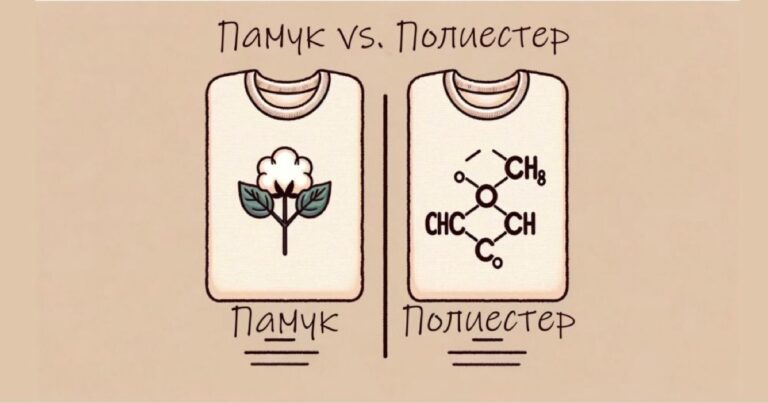Cotton and polyester are two of the most popular textile fabrics. Both have their own advantages and disadvantages that make them suitable for different applications.
Main similarities between cotton and polyester
- Both fabrics are easy to dye and can be produced in a wide range of colors.
- Both fabrics are durable and can withstand frequent washing, making them suitable for everyday use.
- Both fabrics are readily available and affordable for a wide range of people.
Key differences between cotton and polyester
- Cotton is a natural fabric made from plant fibers, while polyester is a synthetic fabric made from petroleum products.
- Cotton is a breathable fabric, while polyester is not.
- Cotton absorbs moisture and is comfortable to wear in hot weather, while polyester does not absorb moisture and is more suitable for cold weather.
- Cotton wrinkles easily and requires regular ironing, while polyester does not wrinkle as easily and often does not require ironing.
- Cotton shrinks when washed, while polyester does not.
Comparison by key criteria
| Standard |
Cotton |
Polyester | |
| Breathable fabric |
Yes |
No | |
| Durability |
Good |
Very good | |
| Price |
Available |
Available | |
| Maintenance |
Simple |
Simple | |
| Applications |
T-shirts, hats, bags |
Bags, backpacks, lanyards, and more |
Brief History of Cotton and Polyester
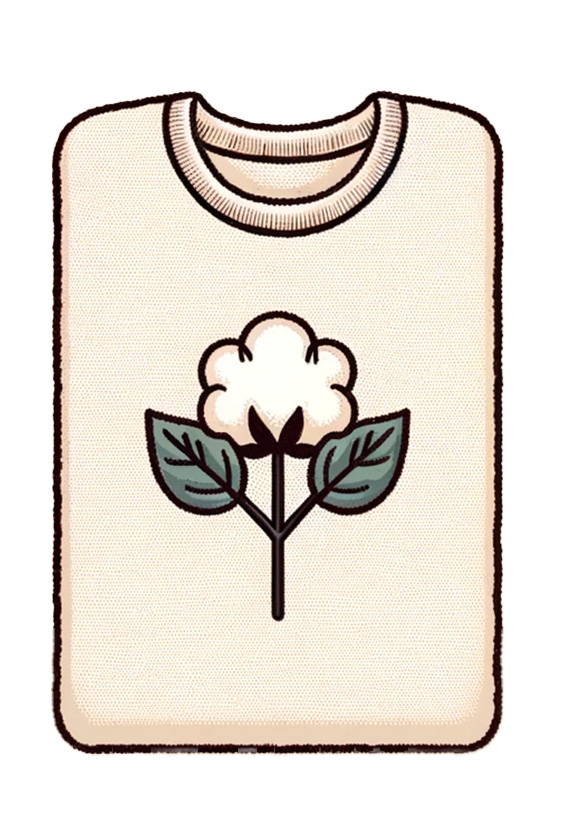
Cotton is produced from the fibers of cotton plants, which are perennial shrubs that grow in tropical and subtropical regions around the world. Cotton has been used as a fabric since prehistoric times. The earliest known cotton textiles date back to 5000 BC and have been found in Mexico and the Indus Valley. Cotton became increasingly popular in Europe during the Middle Ages. It was initially imported from Asia, but in the 17th century, it began to be cultivated in Europe as well.
Polyester is a synthetic textile material made from petroleum products. It was invented in 1941 by British chemists at the laboratory of the company "ICI". Initially, it was used mainly for military purposes, but in 1950 it began to be used for the production of clothing and other textile products and quickly became one of the most popular textile materials in the world.
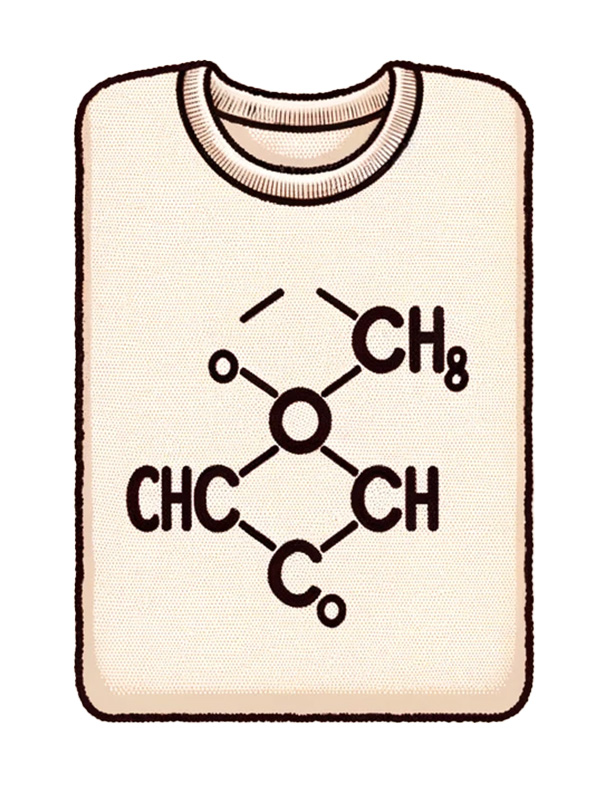
What is the environmental impact of producing the two materials?
Cotton Production:
The main resources used in cotton production are water, pesticides, and chemicals. Growing 1 kilogram of cotton requires about 1000 liters of water and a significant amount of pesticides, which pollute the soil, water, and air. The cotton production process itself also requires the use of various chemicals.
Polyester Production:
Polyester production requires a significant amount of energy. Producing 1 kilogram of polyester requires about 60 kilowatt-hours of energy, which in turn leads to air pollution with fine particulate matter and water pollution with chemical waste from the production process.
Which Production Method is More Eco-Friendly?
Both cotton and polyester production have negative environmental impacts. However, polyester production requires more energy, generates more pollution, and relies on petroleum products, which inevitably has a greater negative impact on the environment.
Applications
Both materials are widely used for clothing and underwear. An interesting fact about cotton is that it was used to make paper in the past. Nowadays, polyester is used to produce sportswear, mattresses, carpets, and many other products.
Promotional materials and souvenirs made of cotton and polyester
Both materials have wide application in the production of promotional materials and souvenirs.
Cotton promotional materials, such as t-shirts, hats, scarves, bags, etc. can be a great way to promote your brand or event among people who are involved in sports or tourism.
Polyester promotional materials are durable and easy to maintain. Polyester bags and backpacks can also be a great option for promoting your brand among people who are active and need practical and sturdy products.
Tips for Choosing Textile Material for Promotional Products and Souvenirs:
When choosing textile material for promotional materials and souvenirs, it is important to consider your target audience and product needs. Cotton is always a good choice. It is widely applicable and in most cases is preferred over polyester because it is a natural material. Polyester, on the other hand, is preferred by people who are active in their daily lives and need practical and durable products that do not wrinkle, are resistant to wear and tear, and are easy to clean.
- Consider your budget. Cotton is more expensive than polyester.
- Consider sustainability. Cotton can be recycled and composted. Polyester can only be recycled.
- Consider the environmental impact. The production of polyester has a much more negative impact on the environment than the production of cotton, especially when it comes to organic cotton production, which does not use pesticides or fertilizers.
Choose from the best textile materials for your promotional materials with us
As a leading advertising agency, we understand that choosing the right textile material for your promotional materials is essential. That's why we offer you a wide range of high-quality materials to choose from.
We offer three types of cotton:
- Recycled cotton: The ecological choice. It is made from recycled materials, which makes it sustainable.
- Organic cotton: The safe choice. No pesticides or fertilizers are used in its cultivation, which also makes it a healthy choice.
- Standard cotton: Traditional cultivation and production methods are used.
And two types of polyester:
- Standard polyester: Which is made from petroleum products.
- Recycled polyester (RPET): It is made from recycled PET bottles, which makes it a sustainable and ecological choice.
We are here and ready to help you choose the right textile material to create together effective and memorable advertising materials for you.
